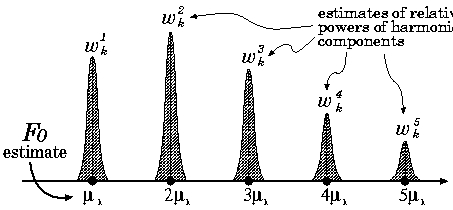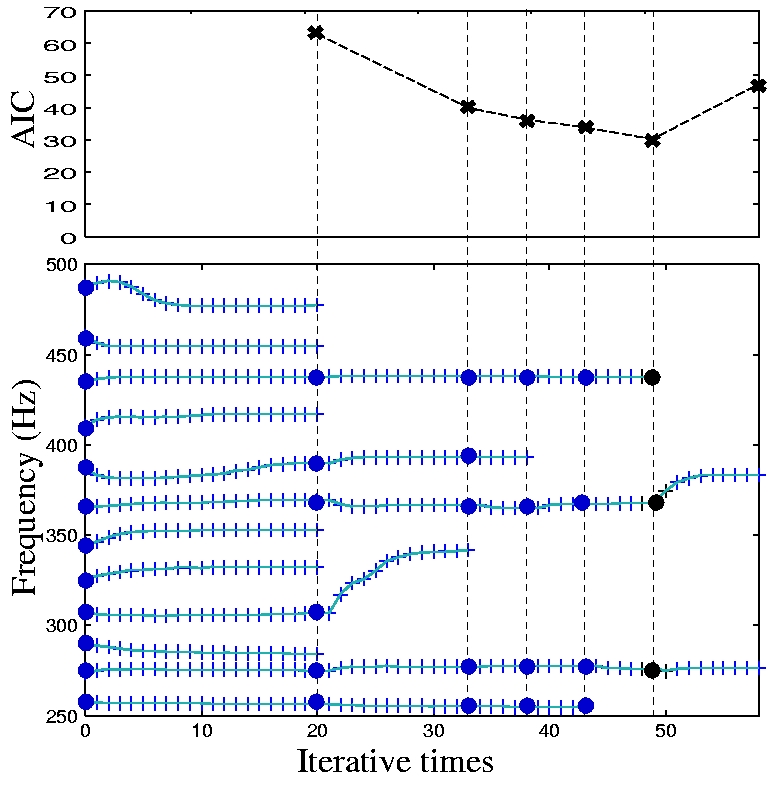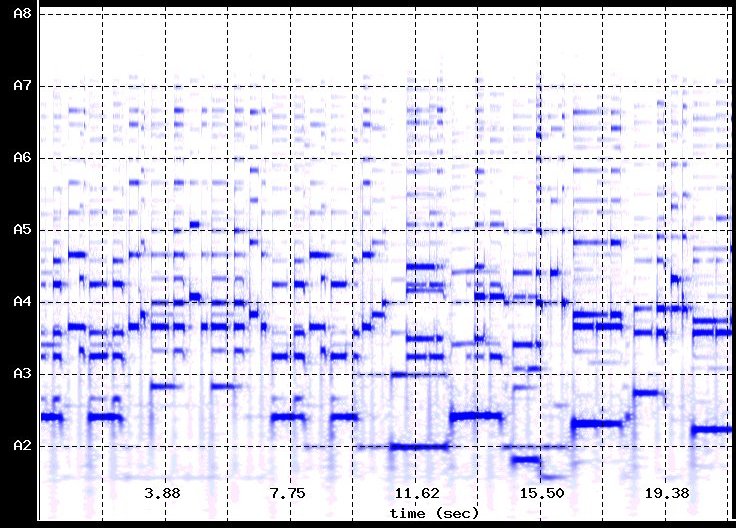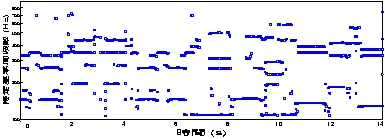This idea and preliminary results were first published in
Japanese [Kameoka2003ASJ03]. AIC-based estimation of the number of
sounds and the pitch 'octave' positions was first included in
[Kameoka2003MUS08] (real music performance data for test data) in
Japanese and [Kameoka2004SWIM01] (synthesized concurrent speech
signal for test data) and [Kameoka2004ICASSP05] (real music
performance data) in English.
- [Kameoka2004SWIM01]
Hirokazu Kameoka, Takuya Nishimoto and
Shigeki Sagayama, ``Accurate F0Detection Algorithm for Concurrent
Sounds Based on EM Algorithm and Information Criterion'
Proc.Special Workshop in Maui(SWIM) Maui,USA,in CD-rom.Jan.2004 [PDF
file]
- [Kameoka2004ICASSP05]
Hirokazu Kameoka, Takuya Nishimoto and
Shigeki Sagayama, ``Separation of Harmonic Structures Based on Tied
Gaussian Mixture Model and Information Criterion for Concurrent
Sounds,'' Proc.IEE,International Conference on Acoustics, Speech
and Signal Processing(ICASSP04) (Montreal,Canada) 2004. [PDF
file]
- [Kameoka2003ASJ03]
Hirokazu Kameoka, Takuya Nishimoto and
Shigeki Sagayama, ``Multipitch Estimation using Harmonic
Clustering,'' The 2003 Spring meeting of the Acoustic Society of
Japan, 3-7-3,pp.837-838 Mar 2003 (in Japanese). [PDF
file)]
- [Kameoka2003MUS08]
Hirokazu Kameoka, Takuya Nishimoto and
Shigeki Sagayama, ``Estimation of Number of Sound Sources and
Octave Position in Multi-Pitch Extraction Using Harmonic
Clustering,'' Technical Report of IPSJ, 2003-MUS-51, pp.29-34,
Aug. 2003 (in Japanese) [PDF
file]
Awarded "The Best Presentation Award".
|






